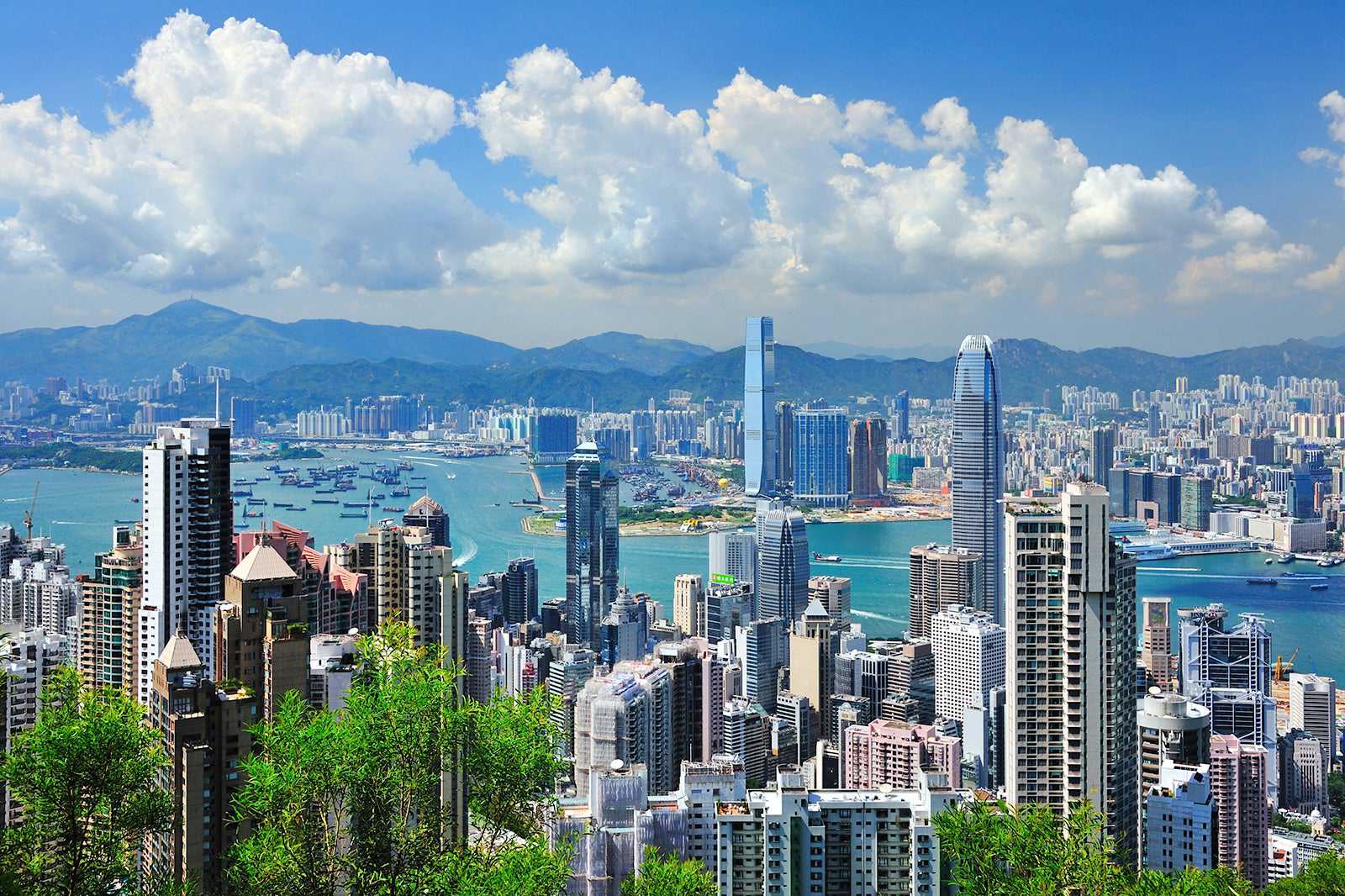The weather in Hong Kong can be described as a temperate climate, typified by 4 distinct seasons:
- Spring (March–May) is warm and humid
- Summer (June–August) is hot and wet
- Autumn (September–November) is temperate and settled
- Winter (December–February) is cool and dry
Temperatures range from an average of 16°C in January up to 29°C in July. Generally speaking, temperatures in Hong Kong remain in the 20s for most of the year. The average rainfall in Hong Kong is far less settled. Between May and September, there’s typically a 50% chance of rain and occasional thunderstorms. From November to March, Hong Kong experiences a long period of settled weather with little to no rain.
Best Time to Visit Hong Kong
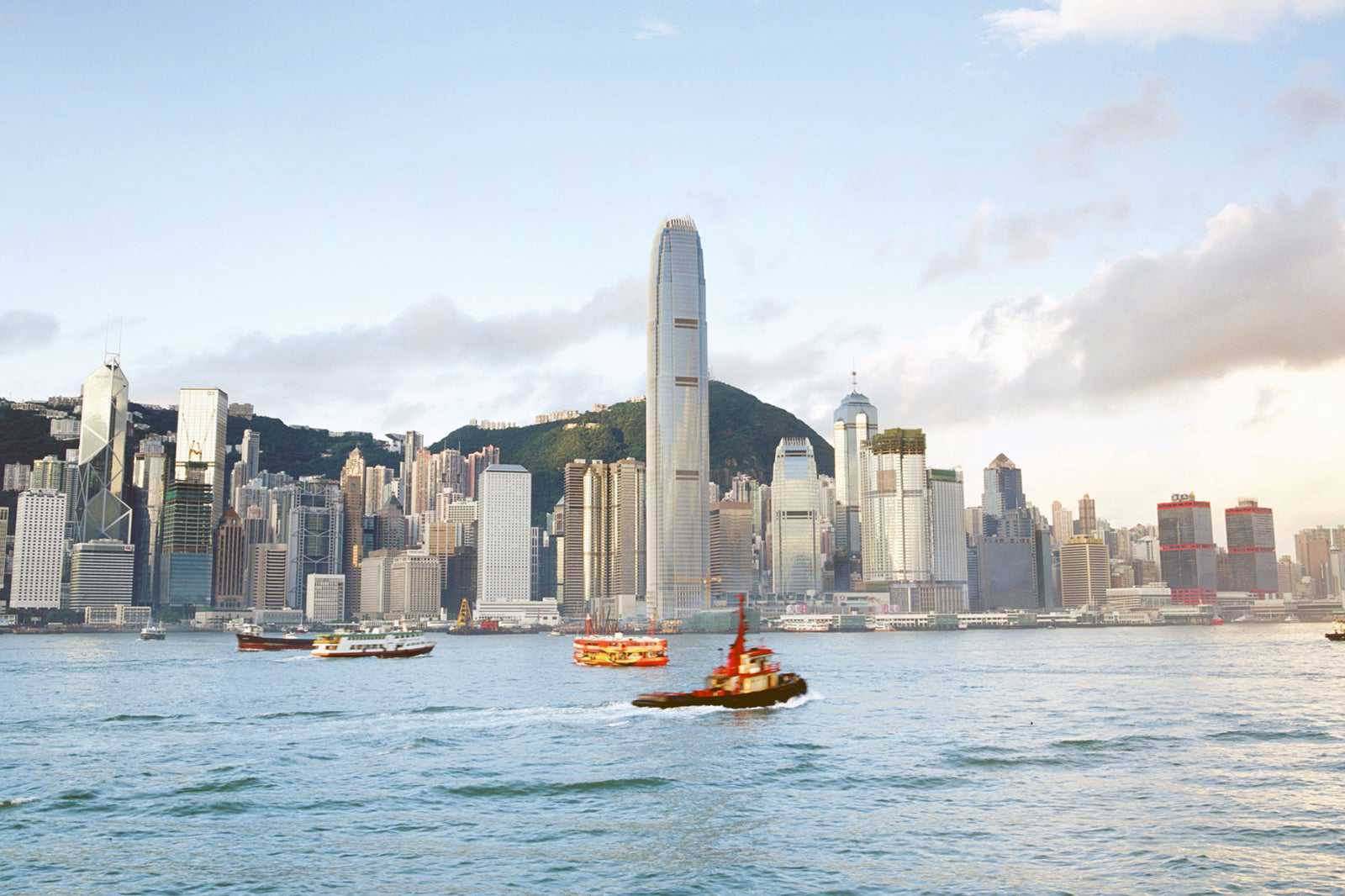
There really is no wrong time to visit Hong Kong as the city is considered a year-round destination. It enjoys a mild climate from the middle of September to the end of February, as well as warm and humid weather from May to mid-September. It’s worth bearing in mind that 80% of Hong Kong's annual rainfall occurs between May and September, with August typically the wettest month of the year.
As a predominantly Buddhist country, Hong Kong has plenty of traditional festivals and events throughout the year. Some of its most renowned include Chinese New Year (February), Hong Kong Rugby 7s (April), and the Dragon Boat Festival (June). Hotels are usually booked far in advance in anticipation of these celebrations, so plan accordingly if you want to visit during any of these times.
Hong Kong Geography
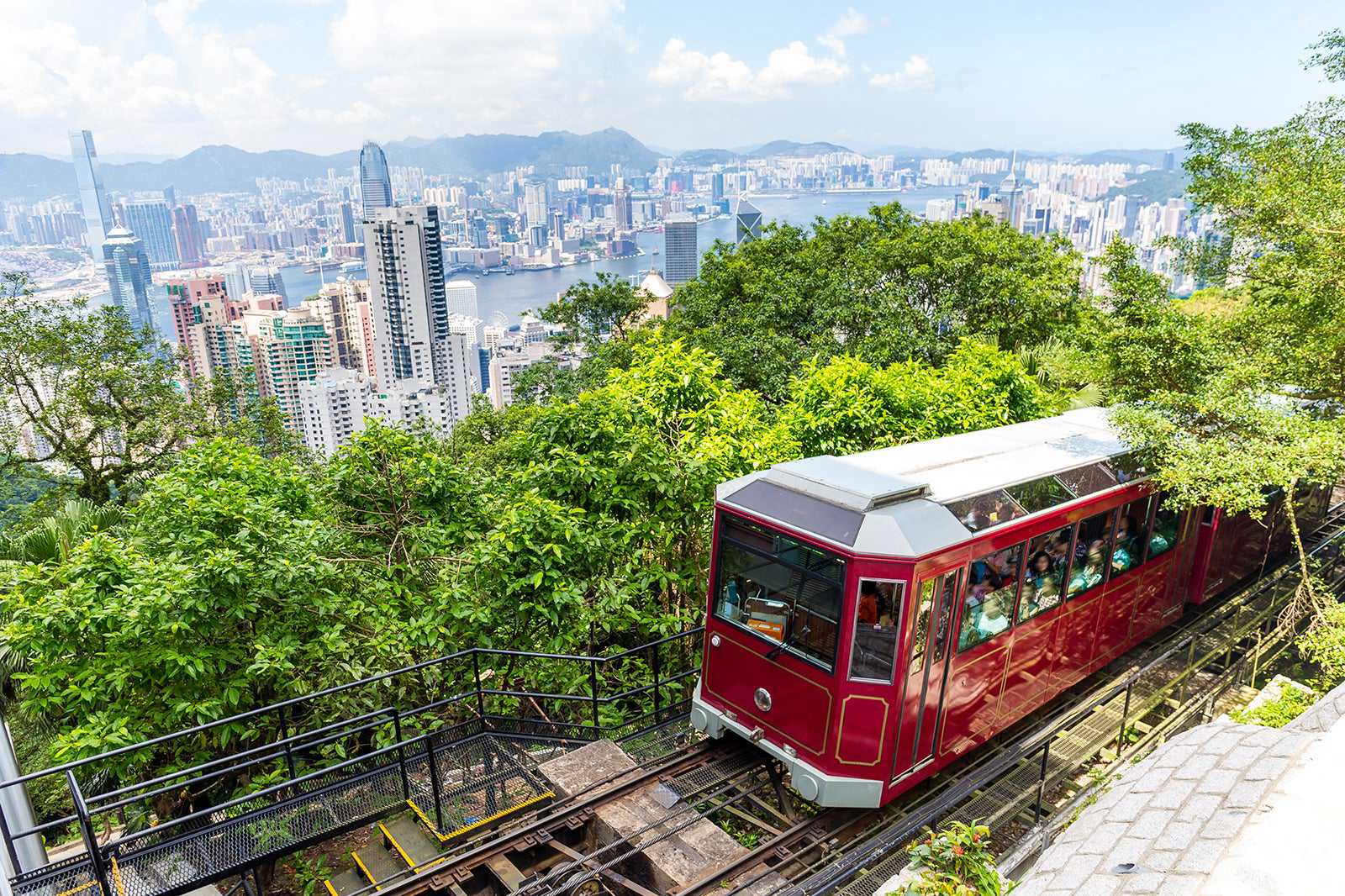
The Hong Kong Special Administrative Region (SAR) – a territory belonging to the Peoples' Republic of China – consists of around 236 islands in the South China Sea, together with the Kowloon Peninsula and the New Territories. Lantau is Hong Kong's largest island, while Hong Kong Island is the 2nd largest (and the most populated).
The Kowloon Peninsula and the New Territories are on the mainland side of Hong Kong. Both are north of Hong Kong Island, across Victoria Harbour. The New Territories district is separated from mainland China by the Shenzhen River. Across the northern border lies the city of Shenzhen in Guangdong Province.
Hong Kong SAR covers 1,102 sq km – less than 25% is developed into urban areas, while the remaining land consists of vast country parks. Hong Kong is quite hilly, with 957-metre-tall Mo Shan regarded as the highest peak. Hong Kong is 60 km east of Macau, a Chinese-Portuguese enclave famous for its colourful casinos and swanky hotels.

Artikeln innehåller åsikter från redaktionsteamet på Go Guides. Hotels.com kompenserar sina författare för texter som visas på sidan. Kompensationen kan motsvara resekostnader eller andra kostnader.
Börja planera din resa
Var ska man bo i Hong Kong SAR

The Salisbury - YMCA of Hong Kong

ibis Hong Kong Central And Sheung Wan

Dorsett Wanchai Hong Kong

The Harbourview - Chinese YMCA of Hong Kong

Hyatt Centric Victoria Harbour Hong Kong

Royal Plaza Hotel

New World Millennium Hong Kong Hotel

Eaton HK

Renaissance Hong Kong Harbour View Hotel

Holiday Inn Golden Mile Hong Kong, an IHG Hotel
Liknande ämnen
- CÉ LA VI Hong Kong

CÉ LA VI Hong Kong
Hong Kong SAR - Hong Kong Science Museum
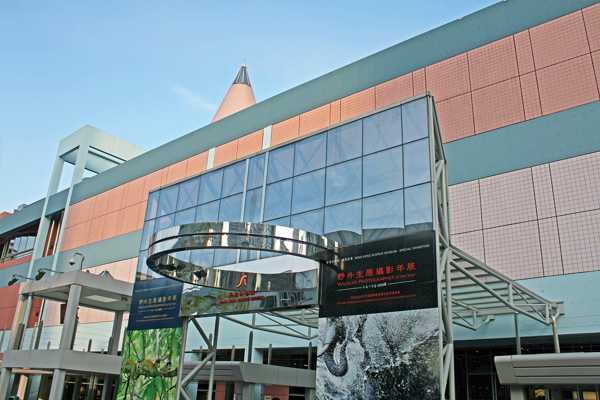
Hong Kong Science Museum
Hong Kong SAR - Hong Kong Maritime Museum
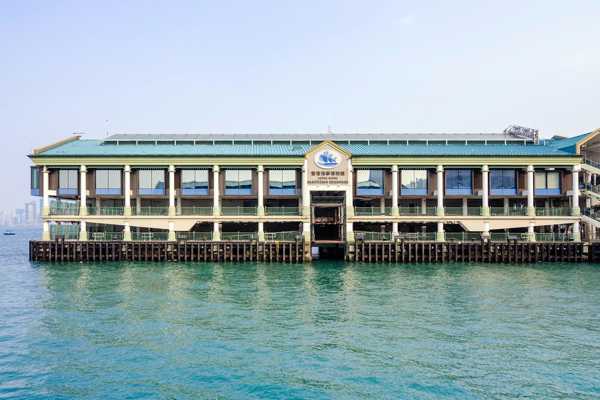
Hong Kong Maritime Museum
Hong Kong SAR - Hong Kong Cultural Centre

Hong Kong Cultural Centre
Hong Kong SAR - Man Mo Temple
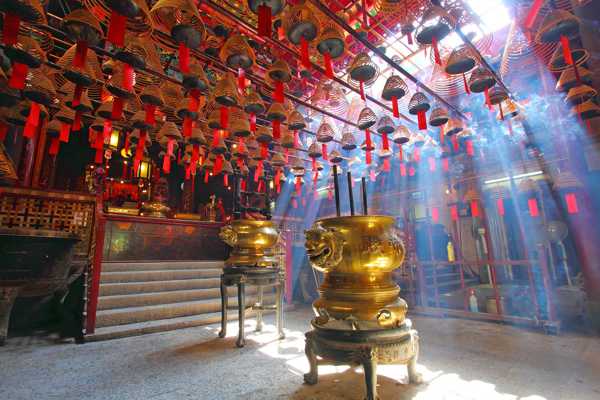
Man Mo Temple
Hong Kong SAR - 5 Best Theme Parks in Hong Kong
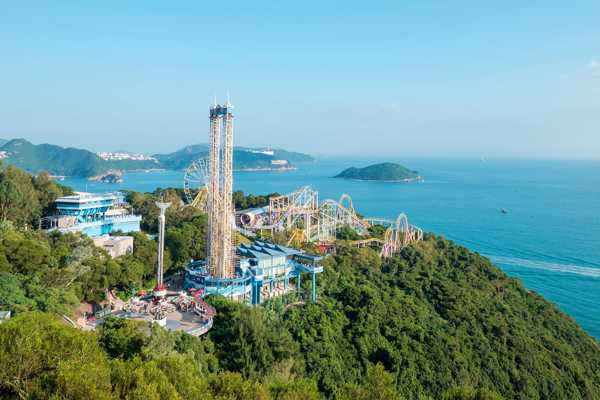
5 Best Theme Parks in Hong Kong
Hong Kong SAR - 26 Best Nightlife on Hong Kong Island

26 Best Nightlife on Hong Kong Island
Hong Kong SAR - Avenue of Stars in Hong Kong
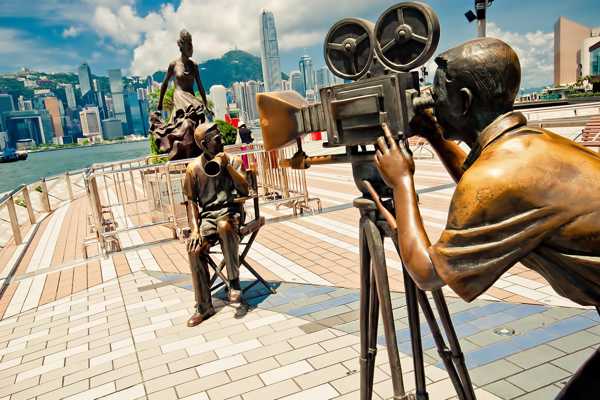
Avenue of Stars in Hong Kong
Hong Kong SAR
